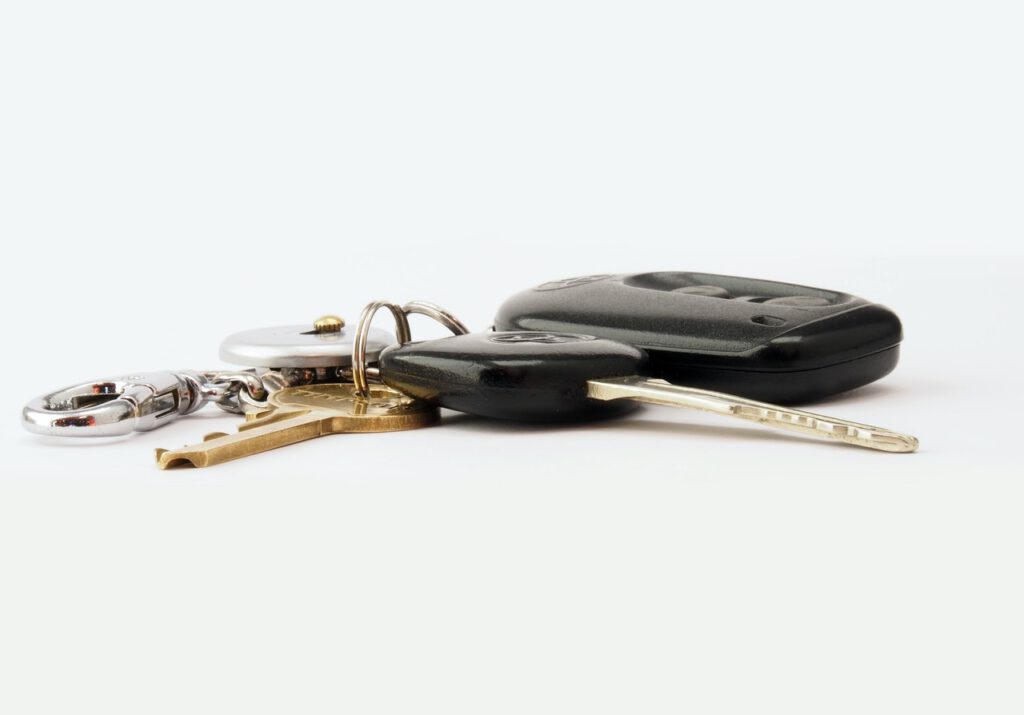Tips to Remain a Safe Driver as a Senior and When to Stop Driving Altogether

Collaborative Post
Just over 5 million people over the age of 70 hold full driving licences in Great Britain. The ability to drive is a key aspect of independent living. It allows you to maintain an active lifestyle, take care of personal needs, and maintain social connections. Even so, there are new challenges to consider when you drive as you get older, such as decreased vision, mobility, and reaction times.
Even with these challenges, getting older does not have to mean a loss of independence in driving! Here is a list of tips that will help you keep driving well into your golden years.
Take Regular Eye Exams
Driving is illegal if you cannot read a license plate at 20 metres. However, eyesight deteriorates gradually, and we might not notice the problem right away. If you get an eye exam at least every two years, you will be able to catch most of these early on.
Stay Active
Take part in exercises and activities that improve strength, flexibility, and reaction times. Exercises that help you engage in driving activities are also good to add to your daily routine. For example, yoga enables you to keep the flexibility to turn and check blind spots, and sit-to-stand exercises can improve your mobility getting in and out of the car.
If you were injured or have been sedentary, check with your doctor before adding new exercises and activities to your schedule.
Keep on Top of your Medications
Prescriptions and over-the-counter medicines all have side effects. Know which ones make you drowsy, foggy, irritable, and dizzy. Cough syrup, herbal sleeping pills, and allergy medicines are just as dangerous on the road as prescriptions!
The first time you take a new medicine, make sure you do not need to drive for a while. Then measure how long it takes any side effects to sink in – and how low they take to fade. This will help you time out taking these medicines on days you plan to drive.
Respect Your Limits
As we age, our bodies and our ability to handle stress change. It gets harder to power through annoyances and injuries. If we are not careful, we can even prolong these challenges or make them worse.
- If you have an injury that makes it harder to control the vehicle, adapt your route and driving style accordingly.
- If you notice that you have less time to react to things, slow your driving speed by a few miles to give yourself more time. Just make sure not to drive too slowly!
- Avoid routes and times of day that cause you a lot of stress or severely impair your driving – such as dense fog in the morning, or other bad weather conditions.
- Buy appropriate driving accessories for the times of day when you find yourself blinded by the sun.
- Adapt your vehicle as needed. For example, you might add new support grips if you struggle to get in and out of the car or add backup cameras if it is difficult to turn in your seat.
Take Your Vehicle in For Regular Fluid and Air Checks
Low tyre pressures, brake fluid, or oil levels are all extra driving risks that you do not need. They all make taking control of a situation harder. You should have these checked at least once between your regular maintenance appointments. If you can, find an automotive group that will do free tyre and fluid checks between your regular maintenance.
Focus on the Road
Put away your mobile, tablets, and other distracting devices until you stop. Taking your eyes off the road to read a text for five seconds is like driving the length of a football field blindfolded. If you need to check a text or email before you get to your destination, find a safe place to pull over first.
Update Driving Skills
Take a defensive driving course and mock tests every few years to refresh your driving skills. That way, you’ll have recent practice on what to do during bad weather, congested roads, and heavy pedestrian areas. They will also help you keep updated on the newest driving regulations!
Have a Backup Driver
A backup driver can be great to have if you have an injury or other medical condition that can affect your driving ability. The backup driver can then take over the wheel if necessary. This is also a good way to prepare for a time when you need to stop driving entirely.
When is it Time to Stop Driving?
Giving up the freedom and independence of driving yourself is hard. Fortunately, there is no designated age you have to stop driving, and the DVLA will only refuse to renew your licence if you are deemed medically unfit to drive. Otherwise, you can choose when you stop driving on your own.
It may be time to make plans to stop driving when:
- Your reaction times are much slower than they used to be
- Driving conditions become increasingly stressful
- Your eyesight is poor even with corrective lenses
- You have a medical condition that affects your ability to drive safely, such as seizures, narcolepsy, or difficulties after a stroke.
You will be required to give up your licence if:
- Your doctor tells you to stop driving for three months or more
- Your medical condition negatively affects your ability to drive for three months or more
- You no longer meet the minimum standards for driving due to a disability or medical condition.
Photo by Brett Jordan: https://www.pexels.com/photo/car-keys-on-white-surface-842528/

